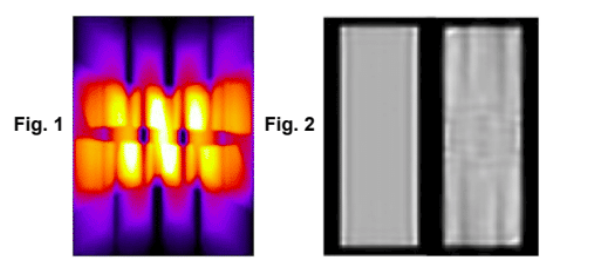Iterative Demultiplexing of Multiple-Pinhole SPECT Projection Data

| AUTHORS | |
| JOURNAL | IEEE Nuclear Science Symposium & Medical Imaging Conference, 2015 |
| ABSTRACT | When multiple pinholes are used to acquire SPECT projection data, there may be regions on the detectors where data from two or more pinholes overlap. Such “multiplexing” of projection data can cause artifacts and/or increased noise in reconstructed SPECT images, depending on the exact acquisition geometry. We previously described a modified MLEM algorithm that alternates between (i) estimating the separated projection data that would be obtained through each individual pinhole (i.e., demultiplexed data), based on the current MLEM iteration’s image, and (ii) reconstructing the SPECT image by MLEM, but assuming that the demultiplexed data estimates are the actual measured data. The modified MLEM algorithm was first tested with data simulated for a stationary 39pinhole collimator tube, and more recently with Tc99m phantom data acquired from three vials of different sizes on a 6pinhole, tripledetector SPECT camera. The iterative algorithm asymptotically eliminated artifacts obtained when reconstructing larger objects that yielded multiplexed projection data. Reconstructions of nonmultiplexed 6pinhole data from the small vial (2.3cm diam. × 4.5cm long) were free of artifacts, whether using standard MLEM or the new demultiplexing algorithm. Images of a mediumsize vial (3cm diam. × 6cm long) and a large vial (4cm diam. × 7 cm long) which showed, respectively, moderate and severe multiplexing artifacts with standard MLEM were greatly improved by using the iterative demultiplexing approach. When simulating SPECT data with multiplexing corresponding to ~42% of the nonzero detector pixels, the new method reduced the structural noise (artifacts) by ~360%, with only a modest increase in stochastic noise (8.3% with respect to images reconstructed from ideal, but unrealistic nonmultiplexed projection data of the same number of counts). The new algorithm provides a practical and useful approach to correct for data multiplexing in multiplepinhole SPECT. |
| LINK | Link |



